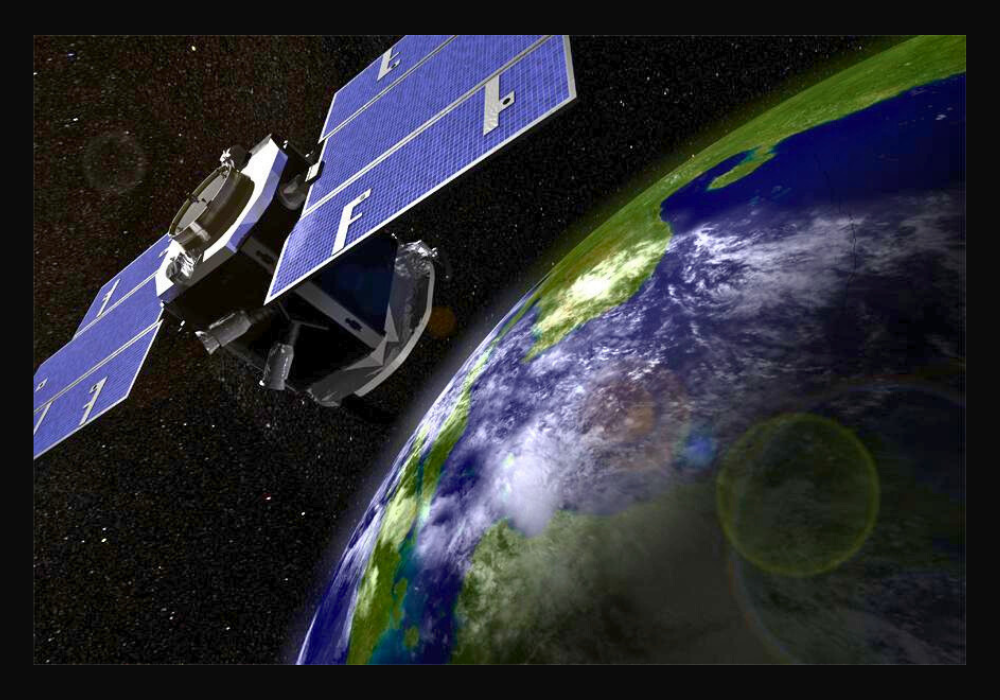
NASA's CloudSat mission, which provided unprecedented insights into the vertical structure and water/ice content of clouds, has concluded its operations after nearly two decades. Launched in 2006, CloudSat was initially proposed as a 22-month mission but extended its service to nearly 18 years.
The mission's Cloud Profiling Radar was the first 94 GHz wavelength (W-band) radar in space, a thousand times more sensitive than typical ground-based weather radars. This technology allowed scientists to view clouds in three dimensions, revealing intricate details about cloud formation, precipitation, and their impact on weather and climate.
CloudSat's contributions include peering into hurricanes, calculating global snowfall rates, and aiding in the understanding of how clouds cool and heat the Earth's atmosphere and surface. The data collected by CloudSat has been instrumental in thousands of research publications and will continue to support scientific discoveries.CloudSat, a @NASAEarth radar satellite that gave us never-before-seen details of clouds and advanced weather and climate predictions, has ended its scientific operations after nearly two decades of peering into the soul of our skies: https://t.co/qeHRQG6aa9 pic.twitter.com/JYYX5ZtFKi
— NASA JPL (@NASAJPL) April 23, 2024
As planned, due to the end of its operational lifespan, CloudSat was lowered into an orbit in March 2024 that will lead to its eventual disintegration in the Earth's atmosphere. This marks the end of a mission that has significantly advanced our understanding of Earth's weather and climate systems.












 IndianWeb2.com is an independent digital media platform for business, entrepreneurship, science, technology, startups, gadgets and climate change news & reviews.
IndianWeb2.com is an independent digital media platform for business, entrepreneurship, science, technology, startups, gadgets and climate change news & reviews.



